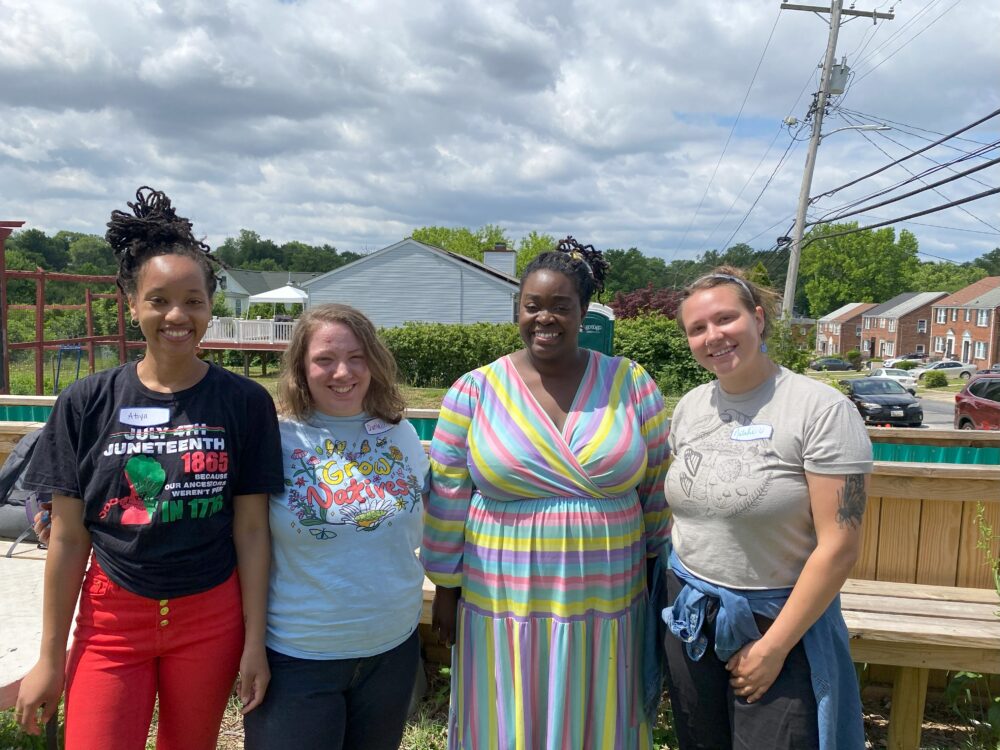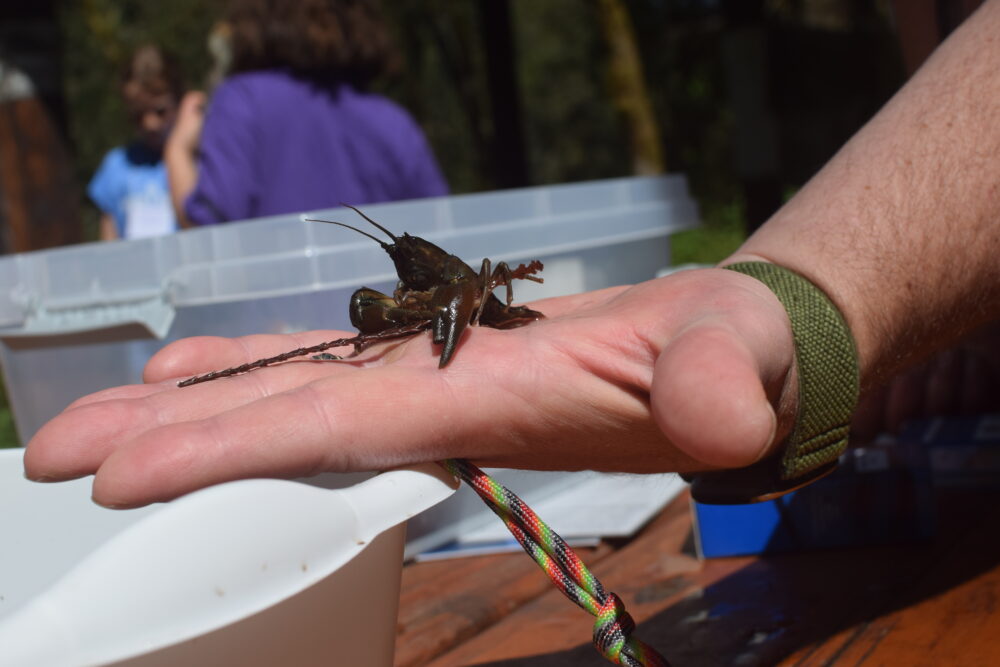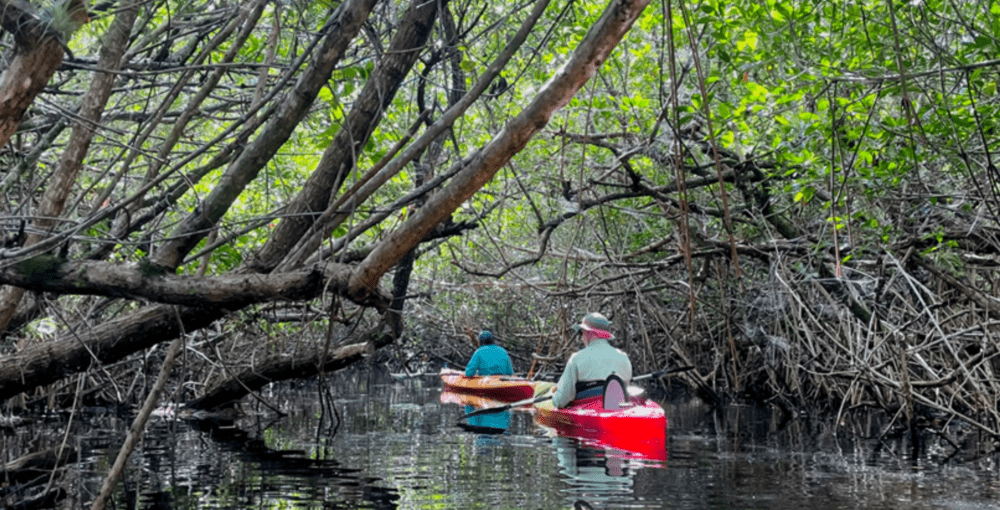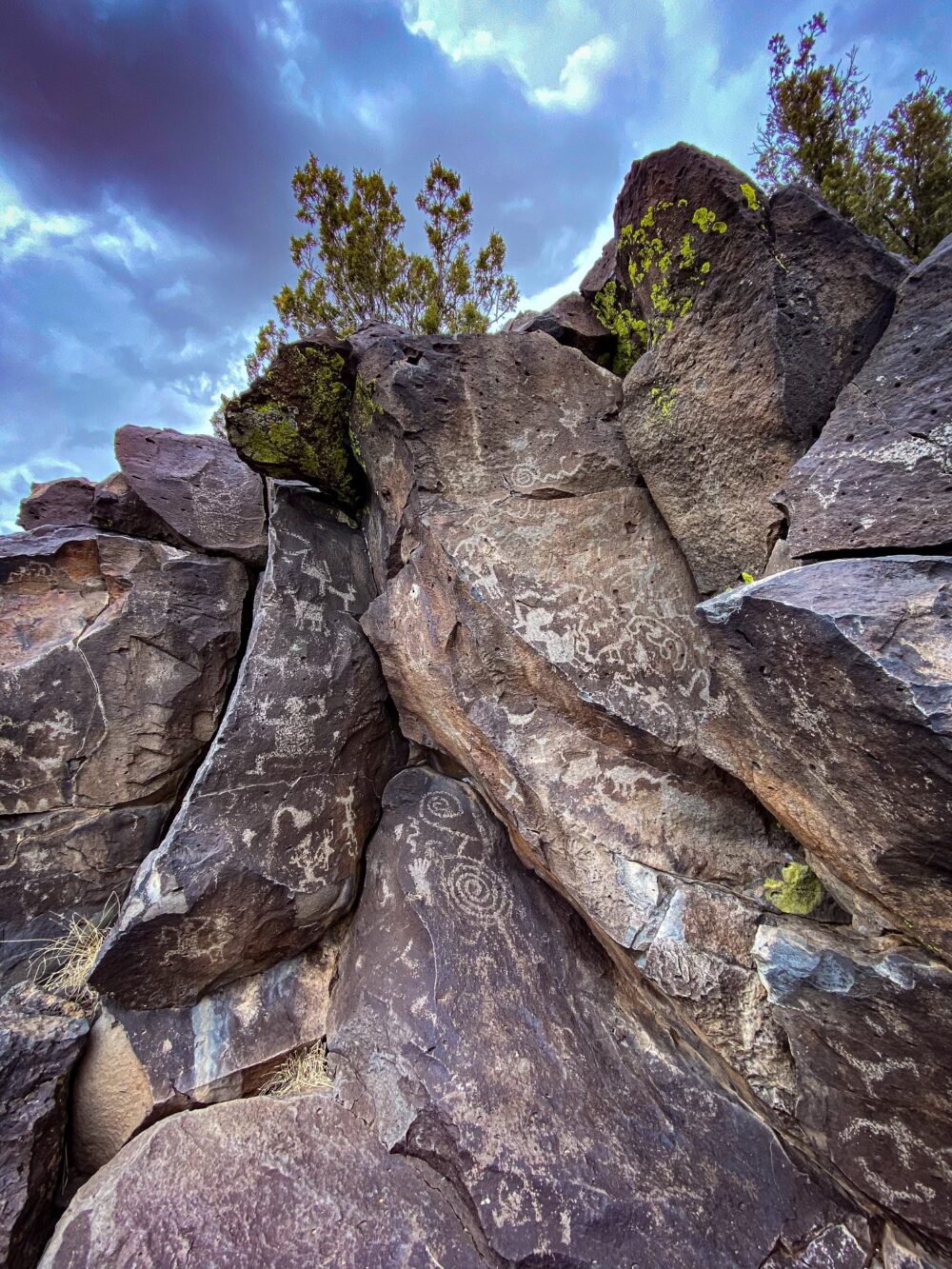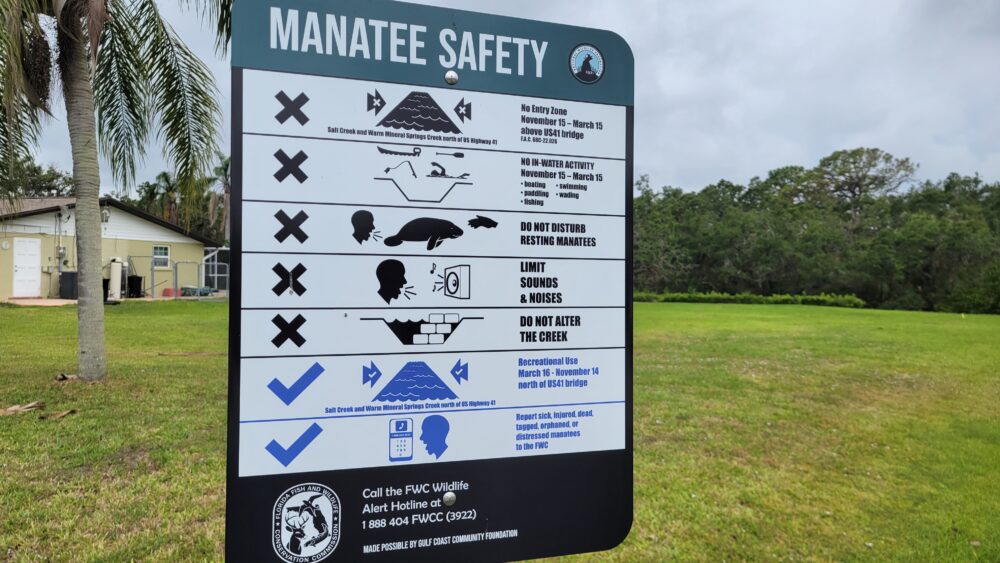We have much more to do and your continued support is needed now more than ever.
Be A Good Neighbor to Wildlife
The #1 thing us homo-sapiens can do to help wildlife today and here on out is reduce our global warming pollution. Knowing this, the National Wildlife Federation just introduced a pretty sweet new program to show you how easy it is to conserve energy in your own home. (It saves you money too!)
 It’s amazing to think that what light bulbs you choose may impact your favorite endangered species, but the interconnectedness of life knows no bounds.
It’s amazing to think that what light bulbs you choose may impact your favorite endangered species, but the interconnectedness of life knows no bounds.
Check out the Good Neighborhood…
The program is cool because it shows you what you may already be doing in your house and also gives you more things you can pledge to do. When you rack up a certain number of points based on these actions and commitments, you qualify to be a “Good Neighbor.” What does that mean? A certificate of course, as well as some nifty other perks to keep you on the power-saving path.
I signed up for the pledge the other day and am very happy about getting my reminder stickers for the light switches in my house. Sometimes it just takes a little reminder for me and my roommates to do something that seems so obvious.
Living as a Good Neighbor is an important step to being part of a community united to mitigate global warming. By taking the pledge you are agreeing to take steps to reduce your impact! Once you complete the pledge, NWF will reward you with our exclusive Good Neighbor Pledge Kit. For just $15, you’ll get some really “cool” benefits.
Top Five Easiest Things to Do to Conserve Energy
- Change the filter in your furnace: Keep heating and cooling systems running efficiently.
- Change to fluorescent light bulbs: They use far less energy than incandescents.
- Combine trips: Plan your errands to reduce transportation time.
- Lower the temperature on your water heater: You’ll still have hot water, but it means the heater uses less energy when you are not using hot water.
- Check your car’s tire pressure: Poorly inflated tires wastes gas and causes more pollution.
Have questions? Here’s some background Information:
Every day, we make choices that affect the earth and the future of our world. From the cars that we drive, to the lights we use, to the things we keep plugged in, all of these choices have a direct and lasting impact on the environment. Many scientists agree that human created carbon pollution, like a coal-burning power plant or the exhaust from a car, is making global temperatures rise and causing climate change.
Scientists say that a temperature increase of just 2°F could result in the irreversible damage to the environment, we need to act fast. Luckily we can avoid this end, because the we just need to reduce carbon pollution by at least 2 percent every year or 30 percent by the year 2020.
If you’re still not convinced that making a few changes around the house will help check out these facts:
1. “The U.S. EPA ranks the major greenhouse gas contributing end-user sectors in the following order: industrial, transportation,residential, commercial and agricultural[8].”
2. “Major sources of an individual’s greenhouse gases include home heating and cooling, electricity consumption, and transportation.”
3. “Corresponding conservation measures are improving home building insulation, compact fluorescent lamps and choosing high miles per gallon vehicles.”
It’s important to recognize the impact of lifestyle on the environment. Changing a few things within the home is a huge step toward being a good neighbor to wildlife and others.














